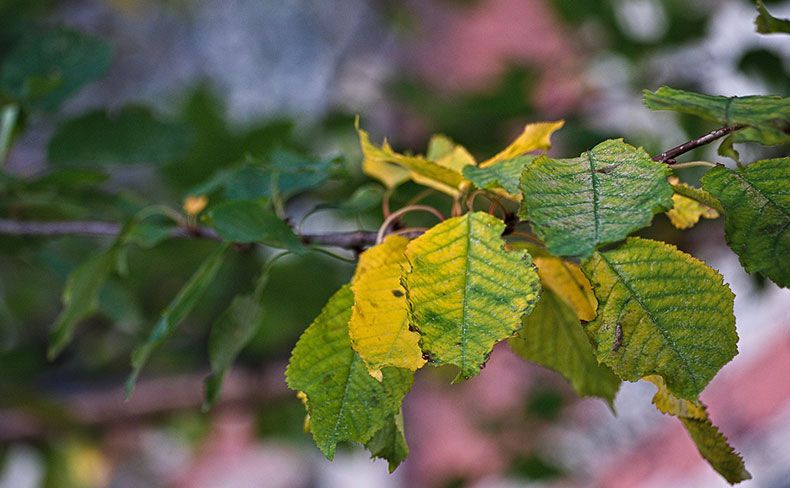Drought Issues & How to Protect Your Trees

When the weather is hot and dry, people try to avoid potential physical dangers by keeping cool and hydrated. When it comes to caring for trees, this kind of precaution is also important. Trees can't get up and move into a more comfortable spot (with the exception of portable potted fruit trees like we mention in our blog post about growing fig trees in containers), so it is up to us, as growers, to care for our trees when facing extreme conditions like heat and drought.

Water keeps trees, both new and established, in good health. As a backyard grower, you may find that your trees are not growing as much as expected during seasons of drought. This could actually be the result of dry, hot conditions, which can stunt growth as well. A drought-like growing season for your trees can result in lack of fruit production, lack of fruit quality/taste, or even failure to survive the following year. There is no "one perfect way" to water, but watering smartly will greatly benefit your trees in the long run.
Trees that are weakened by the heat and lack of hydration are also prone to winter-health issues. If a tree is weakened by drought during the growing season, then it will not be able to adequately store reserves to sustain it through the winter.

Wilted and scorched leaves are some of the telltale signs that your trees are under stress. Transpiration – a botanical term for when a tree gives off water vapor through the tiny pores in its leaves known as "stomata" – occurs naturally, but when the roots aren't able to provide enough moisture to replenish this loss, scorching occurs, most noticeably in the leaves.


For young trees, it is important to maintain a regular schedule for watering. In normal conditions, apply around one gallon of water to each young tree every 7-10 days. This is a rough equivalent to an average inch of rainfall in the same amount of time. During times of drought, it is recommended that you water your new trees at least twice as often. For example, if you usually water with one gallon of water per tree per week, then water each tree with one gallon of water twice per week during a drought – adjusting as needed. If there is adequate rainfall in a given season, you should not need to apply additional water to your trees.
Older trees generally don't require additional watering but – in times of need – you may need to consider providing water. You may need to check local regulations for tips and restrictions on watering. These restrictions vary depending on location and severity of drought. As long as sufficient watering is applied around the root system, your drought-stressed older trees will be grateful. And, by all means, if you know your trees need something different than what we recommend here, do what is in the best interest of your trees (we can only speak generally here)!

In 2012, in Louisiana, MO and across the river into Illinois, which is an area that typically receives adequate rainfall during the summer months, Stark Bro's had to focus on the irrigation needs of about 200 acres of young trees. It was an unusual drought-like season that required our careful attention.
In any conditions, general watering rules* apply:
- Avoid watering during the hottest time of day.
- Pay attention to when and where water is needed.
- Add a layer of mulch to help keep moisture from quickly evaporating

This helps ensure that the water (and your effort) is most beneficial to your trees!
*Again, many counties and states have very different regulations on water usage so be sure to keep informed and adhere to your county/state's recommendations and restrictions. This will vary depending on individual local conditions.


